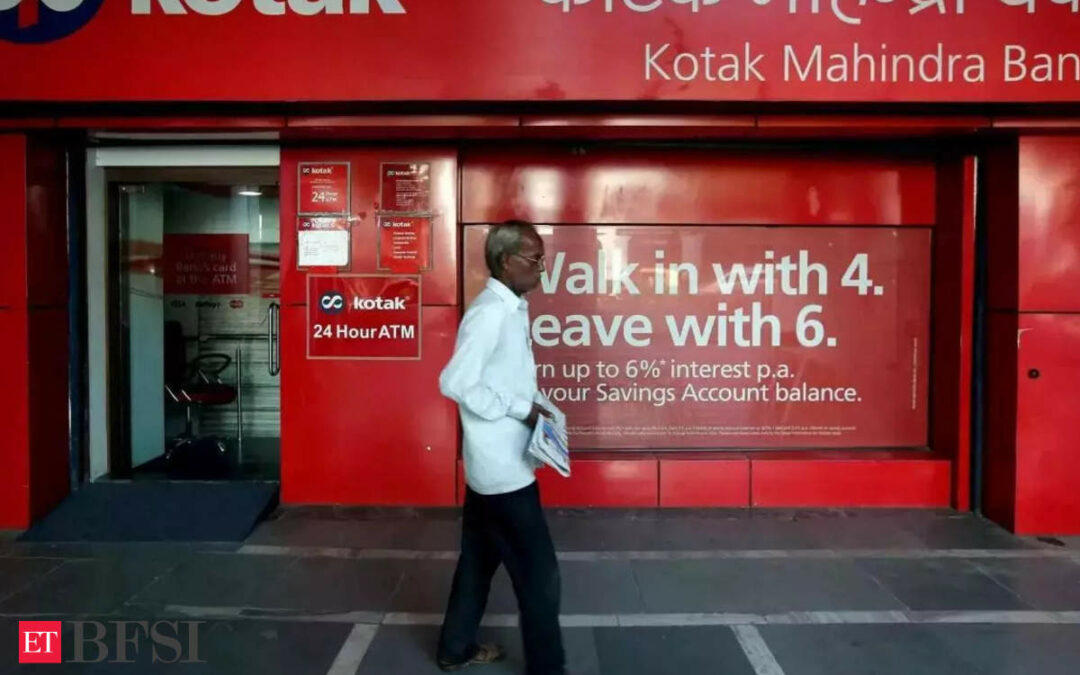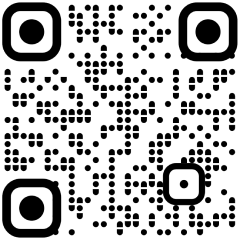Coming as a big move to fast track the payment process, the Reserve Bank of India (RBI) on Thursday said the clearing cycle of the cheque will be reduced from the present T+1 days to a few hours.
While announcing the deliberation of the Monetary Policy Committee (MPC) meet, Governor Shaktikanta Das said, “To improve the efficiency of cheque clearing and reduce settlement risk for participants, and to enhance customer experience, it is proposed to transition CTS from the current approach of batch processing to continuous clearing with on-realisation-settlement”.
What will be the new arrangement for cheque clearance?
Cheque Truncation System (CTS) currently processes cheques with a clearing cycle of up to two working days.
As per the announcement made by the RBI, under the new arrangement, the cheques will be scanned, presented, and passed in a few hours and on a continuous basis during business hours.
The clearing cycle will reduce from the present T+1 days to a few hours.
Detailed guidelines in this regard shall be issued shortly, governor said.
Also Read: RBI MPC keep policy rate unchanged at 6.5%, forecast inflation at 4.5%
What is the Cheque Truncation?
Cheque Truncation System is the process of stopping the flow of the physical cheque issued by a drawer at some point by the presenting bank en-route to the paying bank branch.
It obviates the need to move the physical instruments across bank branches, other than in exceptional circumstances for clearing purposes.
In its place an electronic image of the cheque is transmitted to the paying branch through the clearing house, along with relevant information like data on the MICR band, date of presentation, presenting bank, etc.
It eliminates the associated cost of movement of the physical cheques, reduces the time required for their collection and brings elegance to the entire activity of cheque processing.
Also Read: RBI MPC: UPI transactions limit enhanced to Rs 5 lakhs from Rs 1 lakh for tax payment











